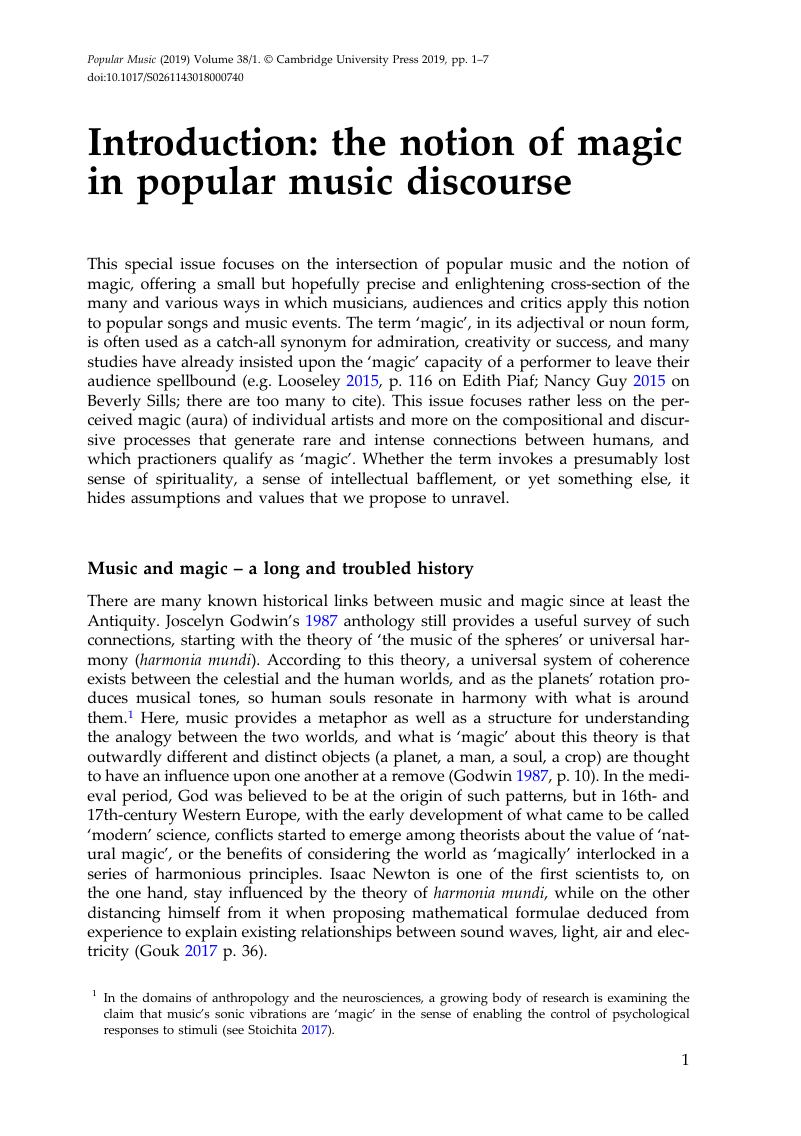Crossref Citations
This article has been cited by the following publications. This list is generated based on data provided by Crossref.
Angus, Bill
2020.
Going down to the crossroads: popular music and transformative magic.
Popular Music,
Vol. 39,
Issue. 2,
p.
257.





